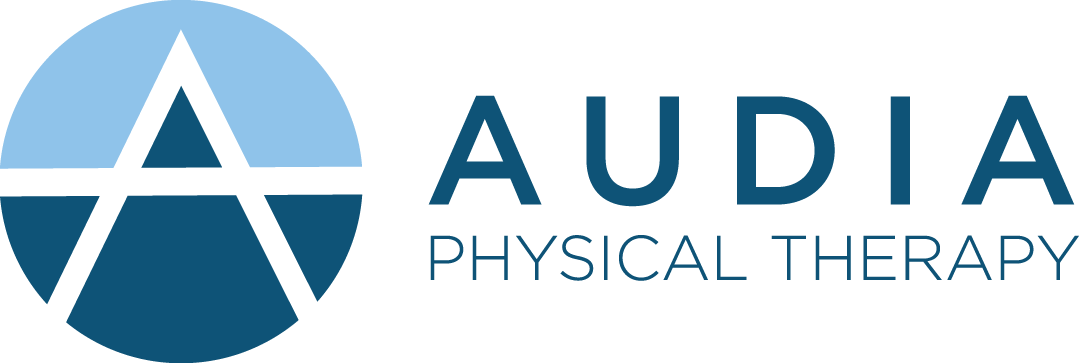Maximizing Stroke Recovery with Physical Therapy: Understanding the Importance of Neuroplasticity
Stroke is one of the leading causes of disability and death worldwide. However, with the help of physical therapy, stroke survivors can regain strength, mobility, and independence. One of the most important aspects of stroke physical therapy is neuroplasticity, or the brain's ability to adapt and change. In this blog post, we will discuss why neuroplasticity is critical in stroke recovery and how physical therapy can help tap into the brain's natural capacity for neuroplasticity.
First, it's essential to understand that neuroplasticity doesn't end after a certain point during stroke recovery. The brain is constantly adapting to new information and experiences, even after a stroke. This means that stroke survivors can continue to make progress in their recovery even years after the initial injury. Additionally, the brain's capacity for neuroplasticity is not limited to the immediate aftermath of a stroke; it can continue over time, as long as the right conditions are present and the individual continues with the rehabilitation process.
Another key aspect of neuroplasticity in stroke recovery is the brain's ability to "rewire" itself. When certain areas of the brain are damaged by a stroke, other parts of the brain can take on their functions. This process, known as neural reorganization, can help stroke survivors regain some of the abilities they lost. By working with a skilled physical therapist, stroke survivors can use their brain's plasticity to regain motor, cognitive, and functional abilities.
Physical therapy plays a crucial role in tapping into the brain's neuroplasticity and maximizing stroke recovery. A physical therapist will work with stroke survivors to develop an individualized plan of care that takes into account the severity of the stroke, the patient's age and overall health, and any other medical conditions. Together, you and your physical therapist will establish short-term and long-term goals, and work together to achieve those goals. With a combination of range of motion exercises, gait training, functional tasks, neuromuscular re-education, and creative skilled interventions, physical therapists can help stroke survivors to regain strength and mobility, reduce their risk of future strokes, and improve their overall quality of life.
It's important for stroke survivors and their loved ones to understand that stroke recovery is not a linear process and that progress can be made over time. Neuroplasticity does not end during stroke recovery, and stroke survivors can continue to make progress and improve their quality of life through ongoing rehabilitation and therapy. With the help of physical therapy, stroke survivors can tap into the brain's natural capacity for neuroplasticity and achieve the best possible recovery.


